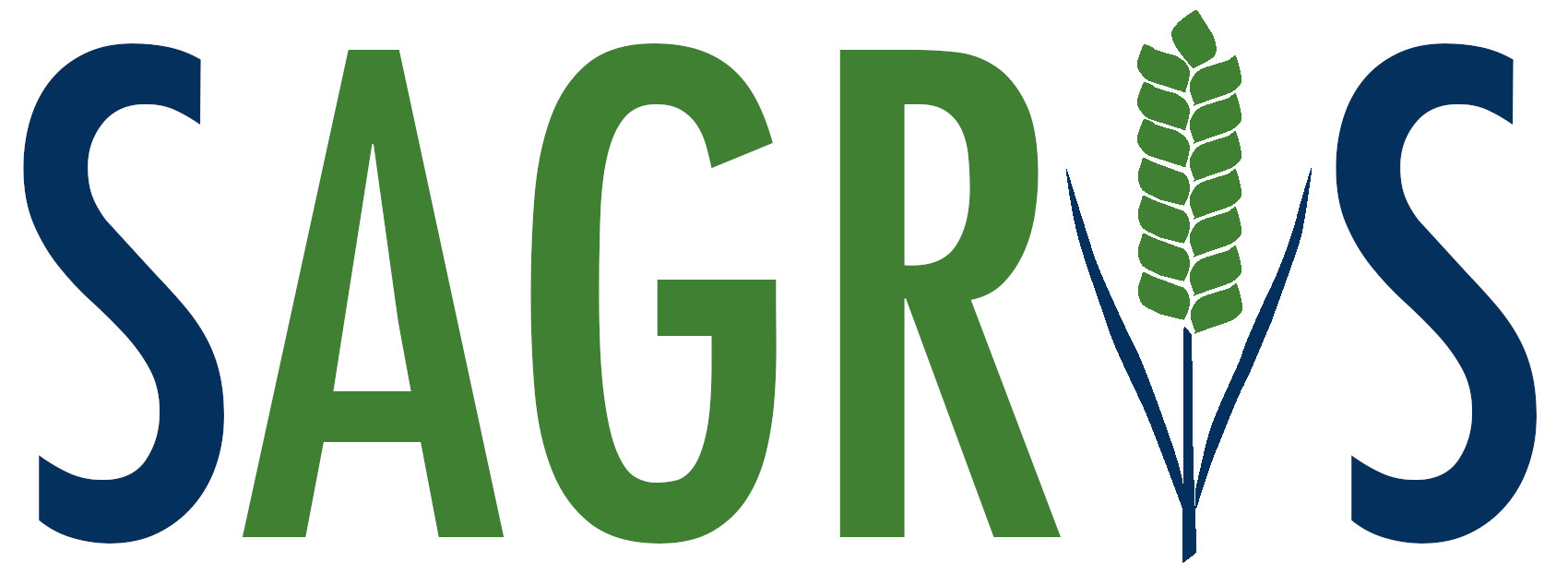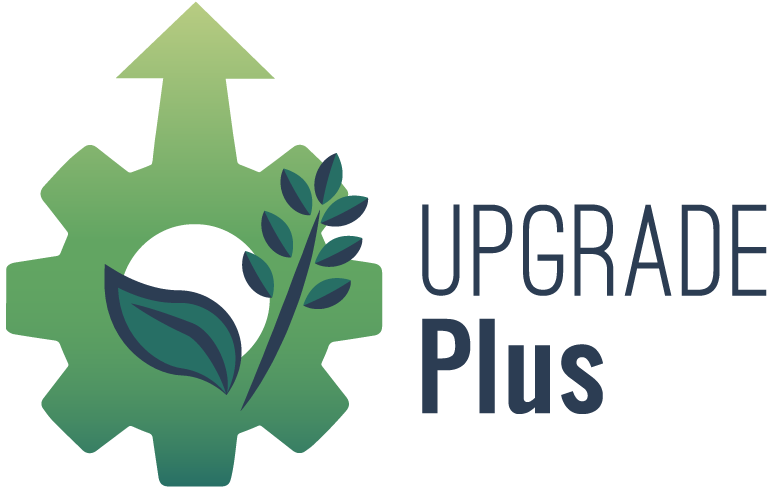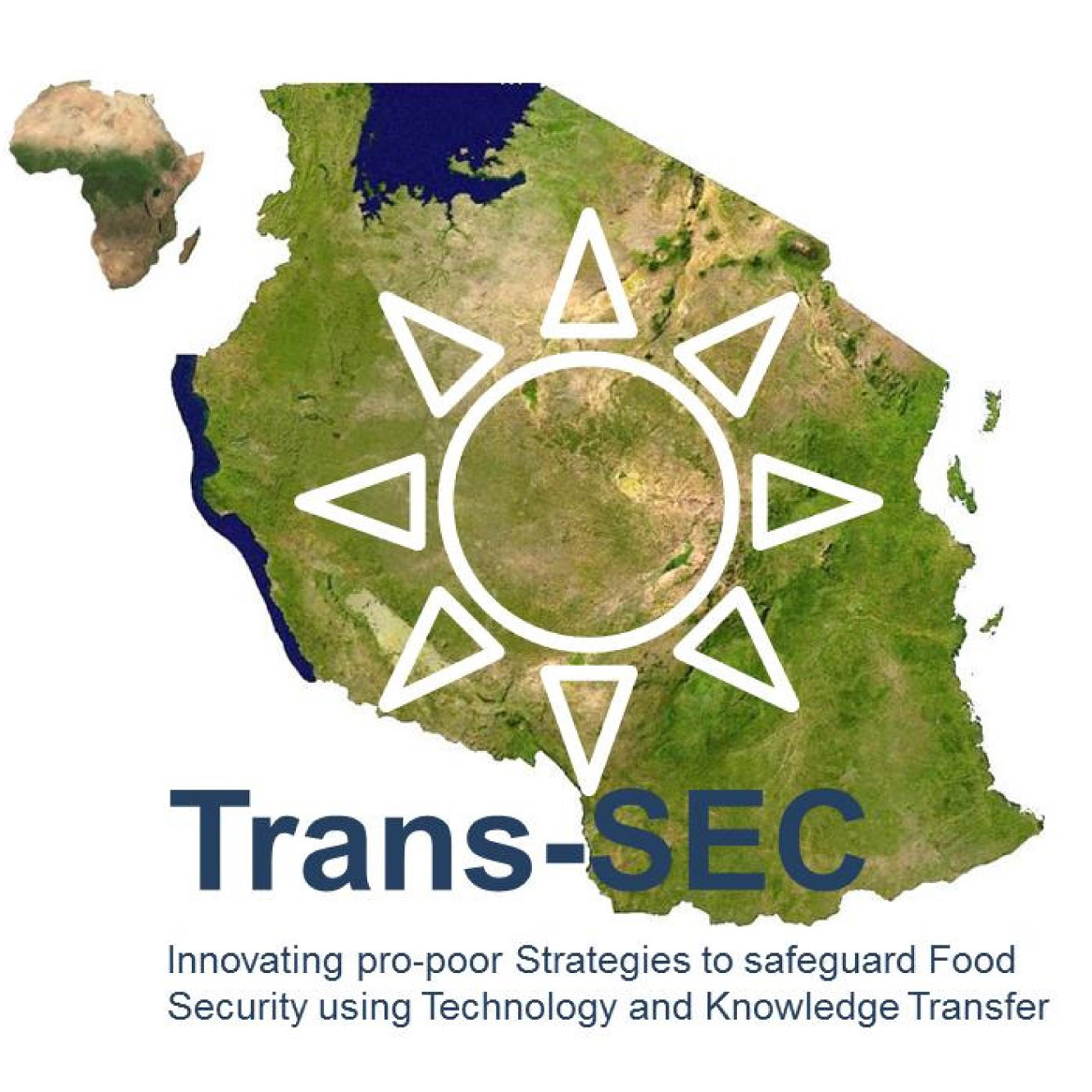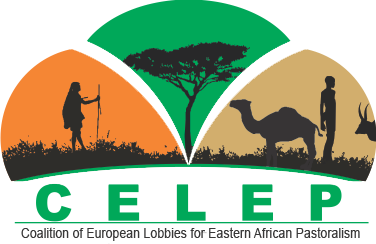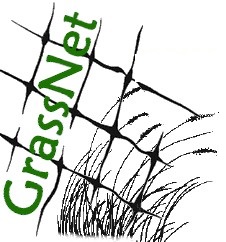Inventory 2914 a
Inventory 155
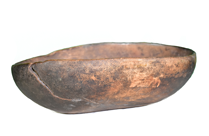 |
Inventory no. 155 Bowl Dimensions: 21 cm long, 11 cm wide, 4 cm high Maker: unknown Geographical origin: Namibia |
| Donor: Moritz Berengar von Zastrow Moritz Berengar v. Zastrow (*7.6.1876 - 6.4.1951) entered the colonial service in 1905 and worked from 1907 as a desk officer for the governorate in what was then "Deutsch-Südwestafrika". From 1910 onwards, he was Bezirksamtsmann in the town of Grootfontein, which was located in the colony's administrative district of the same name. He was probably expelled after the First World War and lived until 1945 presumably on the Hartha estate in what was then Greiffenberg in Silesia (now Poland). He died on 06 April 1951 in Wilfingen. The objects were donated to the ethnographic collection around 1911; nothing is known about the exact circumstances of their acquisition. |
Inventory 622
| The donor, Wilhelm Arning, (*20.12.1865 - 11.11.1943), worked after his medical studies from 1892-1896 as a military doctor in the Schutztruppe in what was then "German East Africa". After his military service and doctorate in 1899, he worked as an ophthalmologist and publicist for the German colonies. As part of this role, he conducted several research trips to Asia Minor and the Near East, "German East Africa" and the South African Union. From 1907 to 1912 he sat in the German Reichstag for the National Liberal Party. In 1914, he was surprised by the First World War in "German East Africa" and joined the German Schutztruppe under Paul von Lettow-Vorbeck. In 1917 he became a British prisoner of war and was extradited to Germany in 1919. After his release he continued to be politically active in Hanover as a member of the provincial parliament and as a member of the Prussian Council of State for the German National People's Party. On 6 January 1928, he was elected by the supervisory board as the new headmaster of the German Colonial School. He remained in this position until 1934, having already been a member of the school advisory board. Since the end of the war, he sat on the supervisory board and was also temporarily active as a lecturer at the school. After finishing his activities at the DKS, he stayed longer in South West Africa, the Cape Colony and East Africa. From August 1939 he volunteered for service in the Wehrmacht until the end of 1940. He gave lectures at the University of Göttingen and at the Technical University of Hanover. He also gave lectures on behalf of the SS on the preliminary training of officers intended for colonial service. Arning died in Hanover on 11 November 1943. Translated with www.DeepL.com/Translator (free version) |
inventory 2125
Subcategories
About
Rangeland-based livestock production is a major land use system that contributes between 15 and 60 percent of the agricultural GDP in eastern and southern African countries. The growth of rangeland vegetation is highly variable in space and time, occurring in temporary patches.
Knowledge of rangelands is crucial to their management and strategic use of resources. Local communities have developed strategies that are grounded in cultural practices, stories, ethics, and norms specific to their area. These strategies also require access to up-to-date information on heterogenous and seasonal resource availability.
However, site-specific information on the condition and intensity of use of rangeland resources is rarely available or accessible to herders in real-time. Consequently, incomplete or outdated information is often the basis on which pastoralists make decisions.
Information and communication technologies (ICT) have enormous potential to provide easily accessible up-to-date information to increase efficiency based on spatial data generation, telemetry services, GPS navigation services, and mobile phone network services, reliably facilitated by an ever-growing system of private and public satellites.
To successfully co-develop technology, InfoRange uses a transdisciplinary approach to create the ICT solutions together with users in a way that embeds them in social innovations. Through an actor- and activity-oriented approach, we build on the knowledge of different involved actor groups to understand how their decision-making can be improved through ICT.
Linking digital solutions to the existing system offers opportunities for the community to improve their information gathering and sharing and make it more effective. In addition, digitization can facilitate communication between various stakeholders, such as veterinarians, authorities regulating water supply in pasture areas, or government agencies involved in other pastoral services.
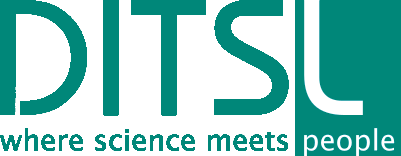
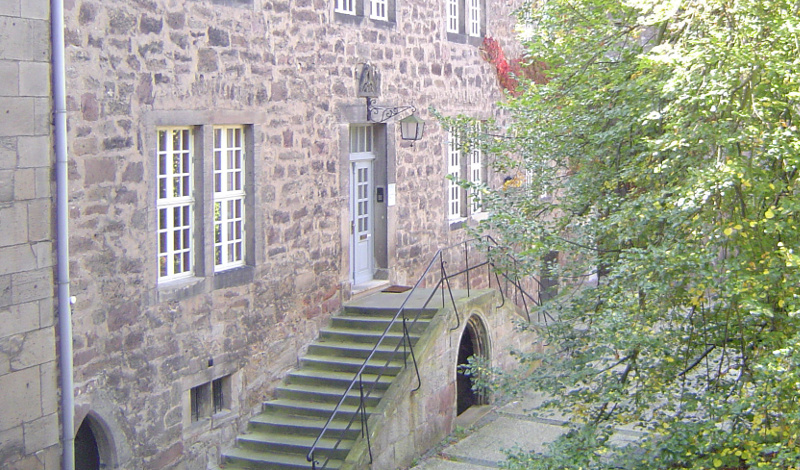
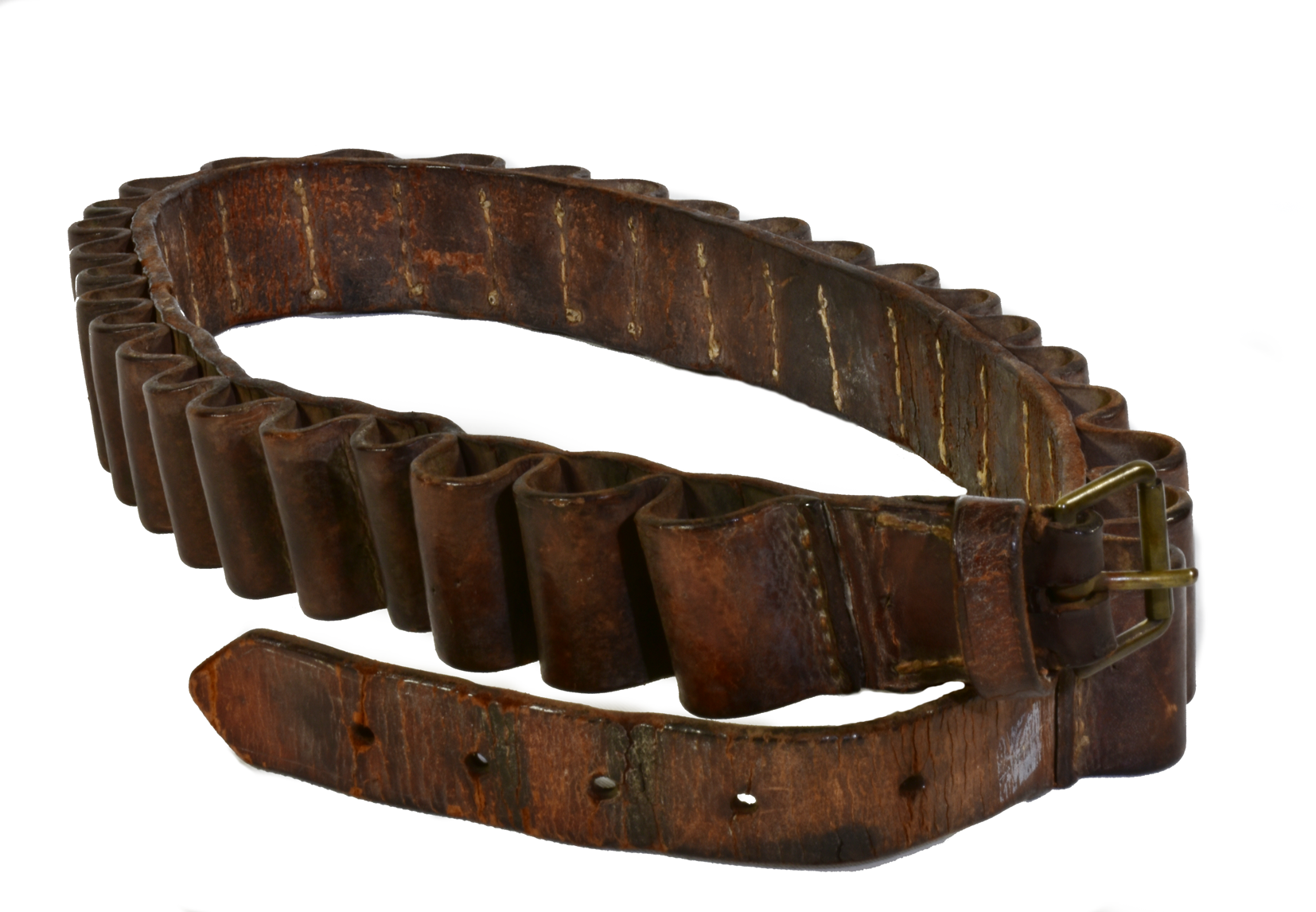
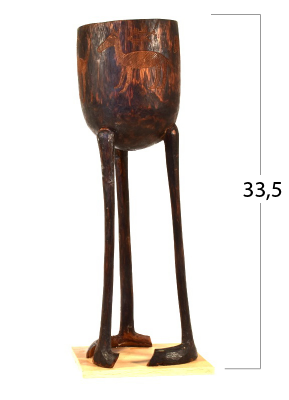




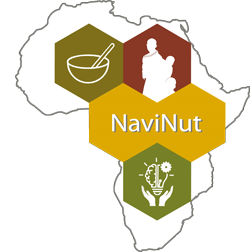 NaviNut
NaviNut